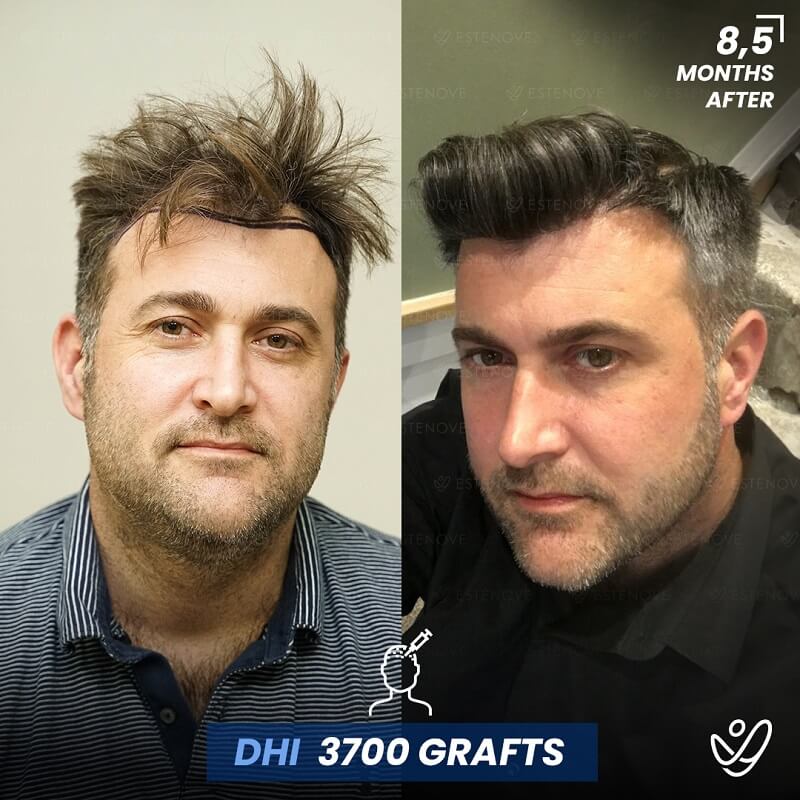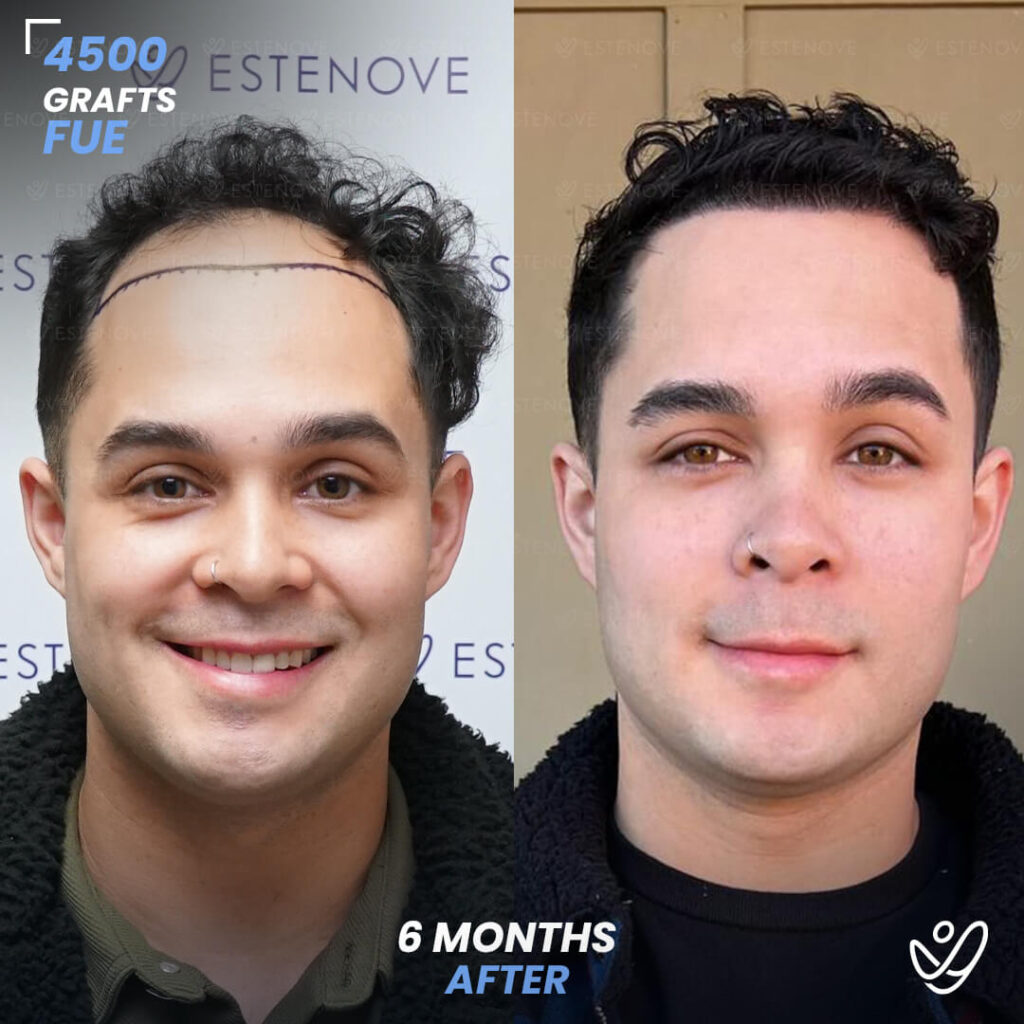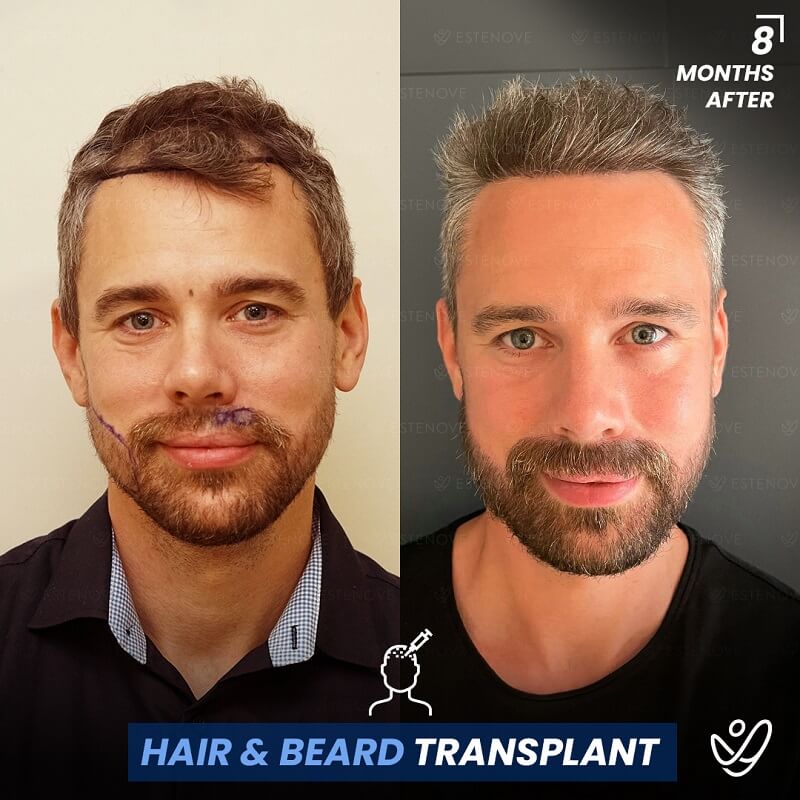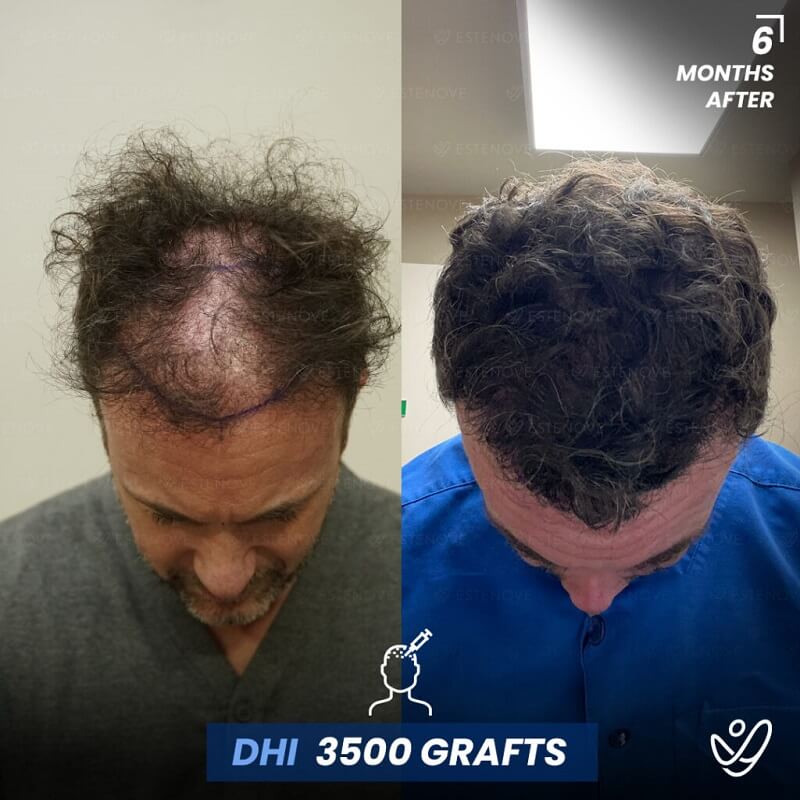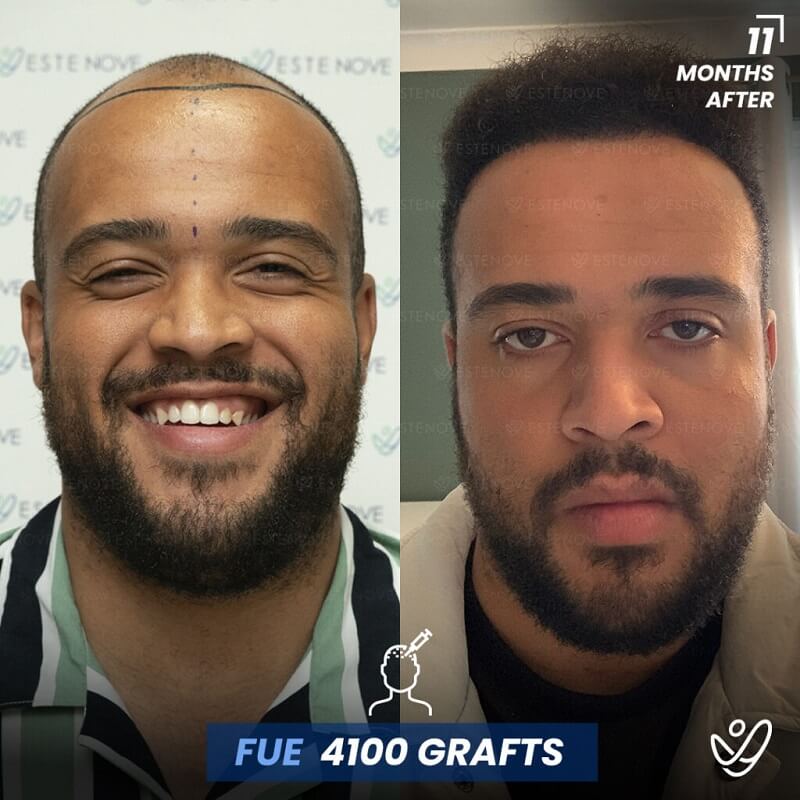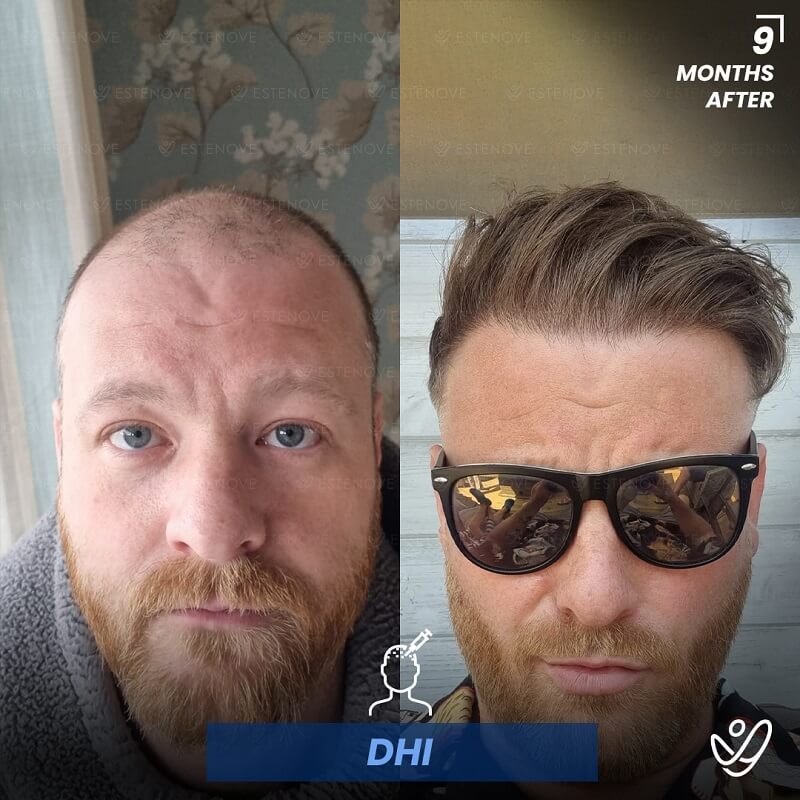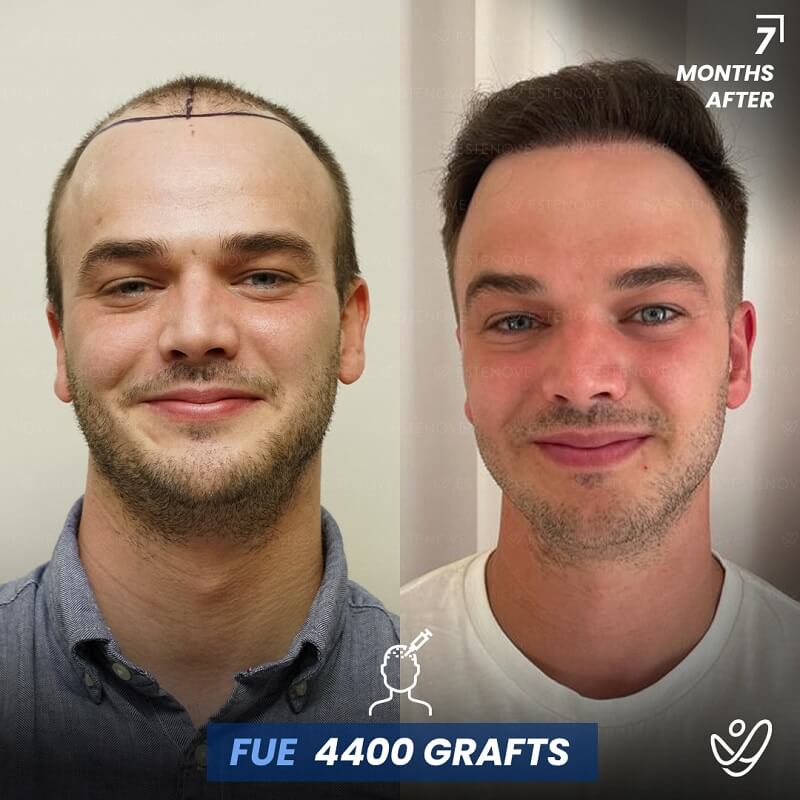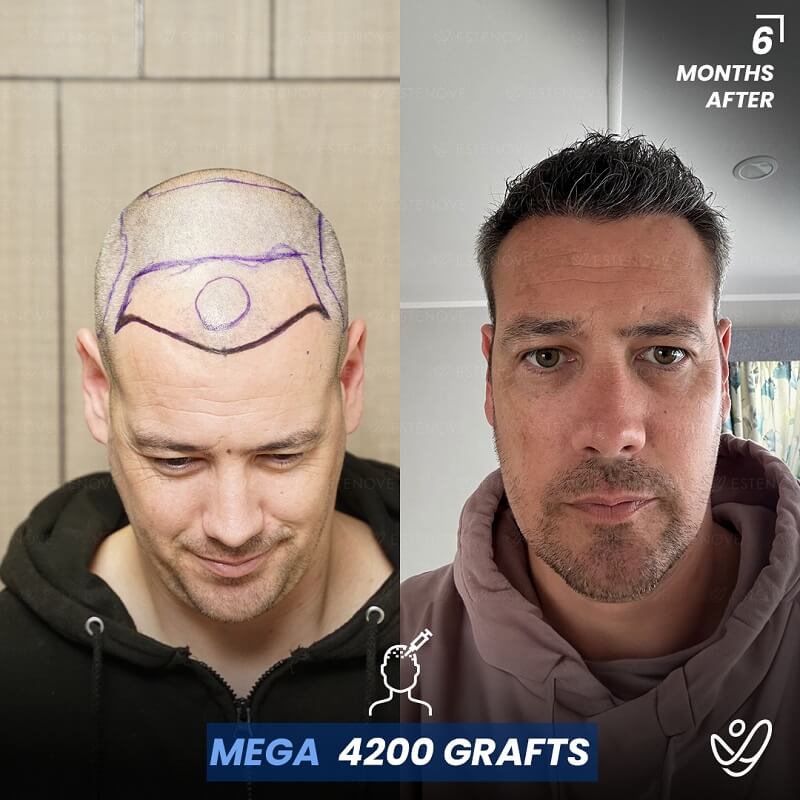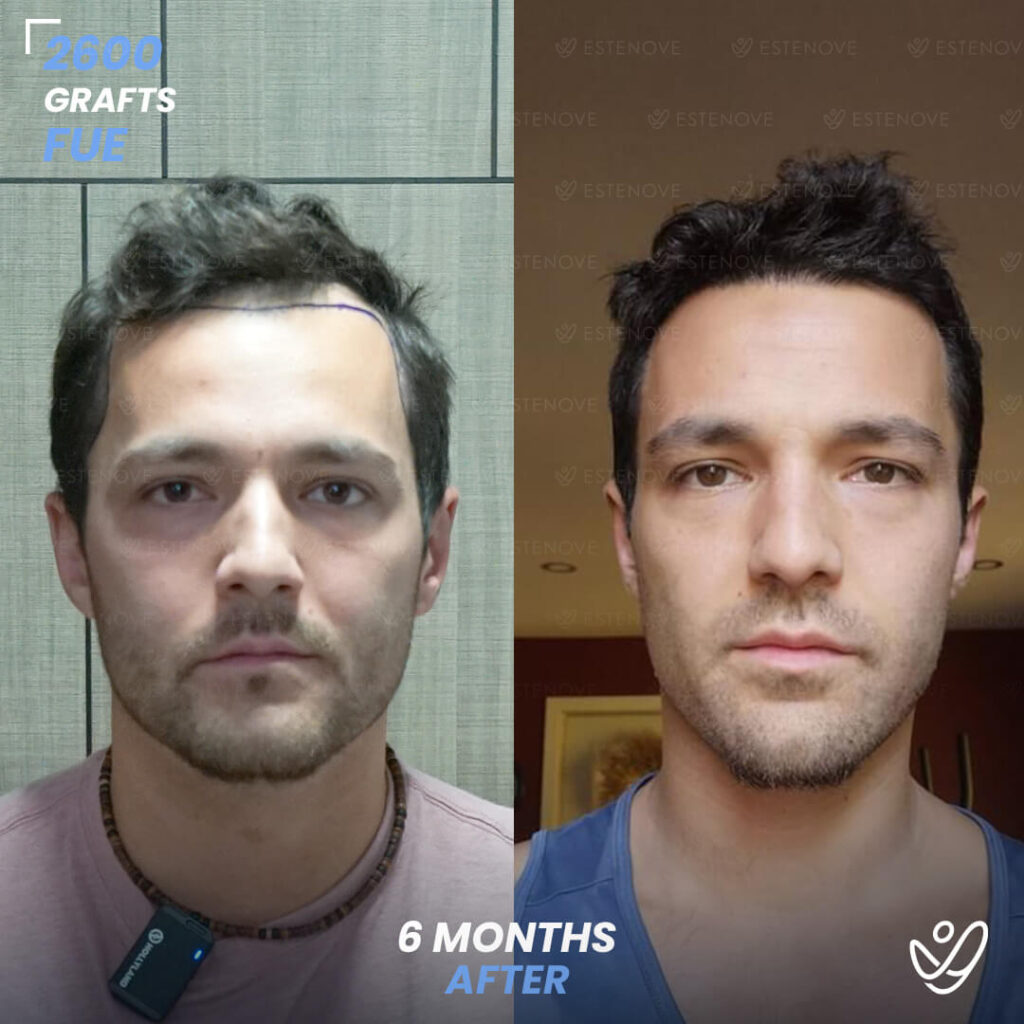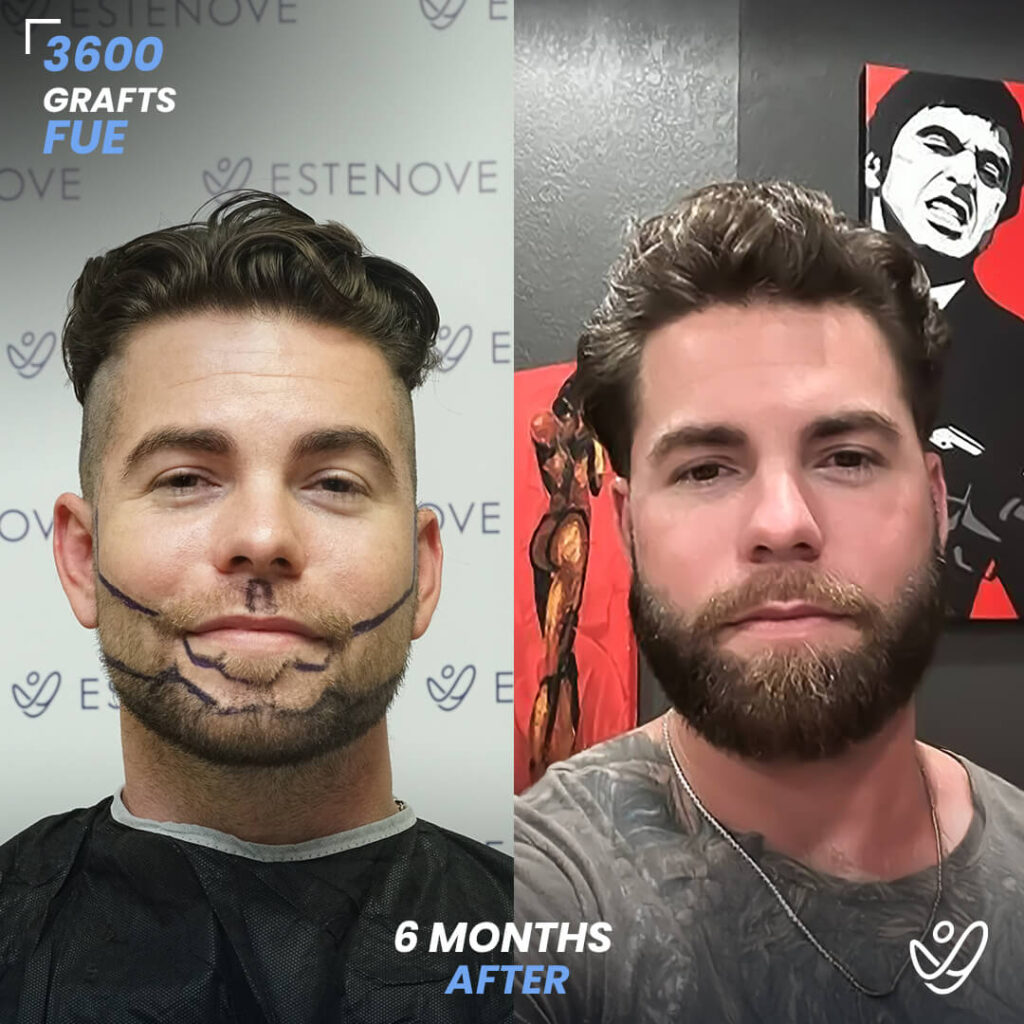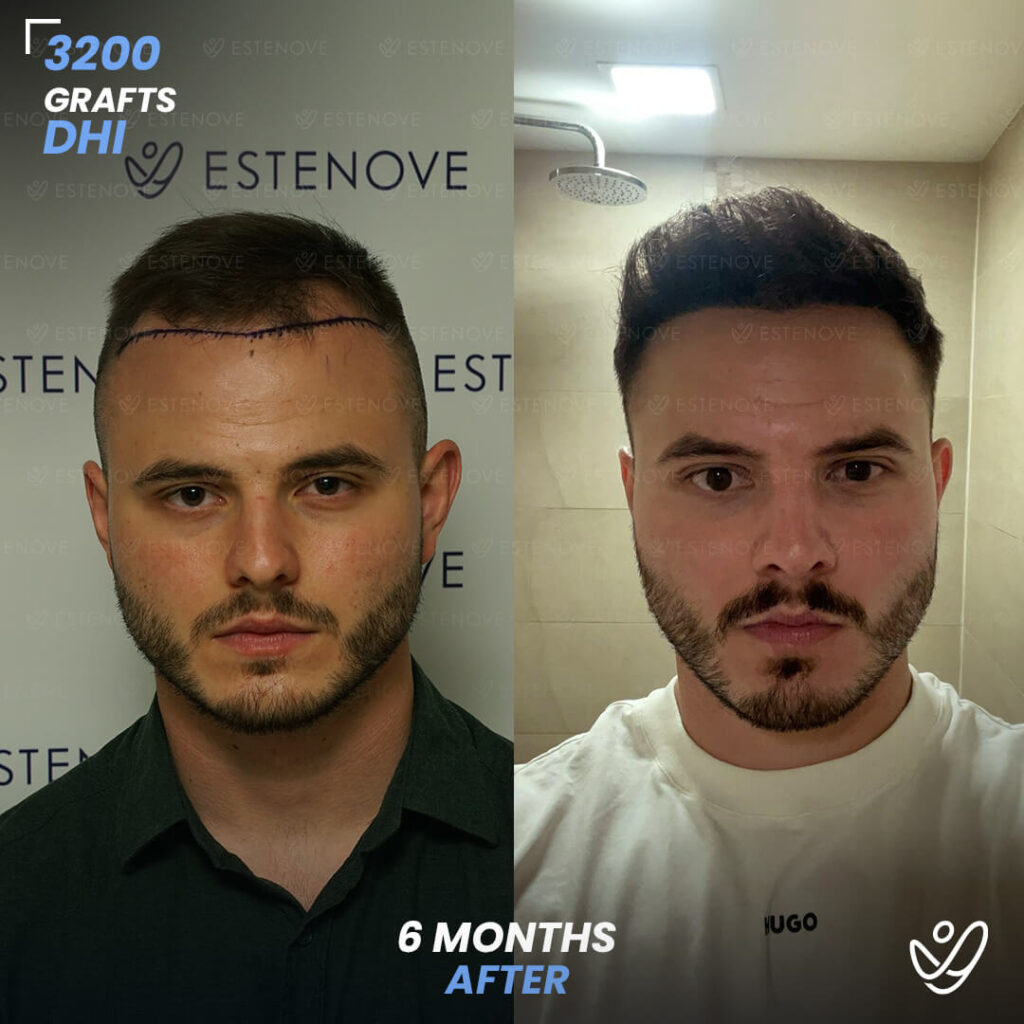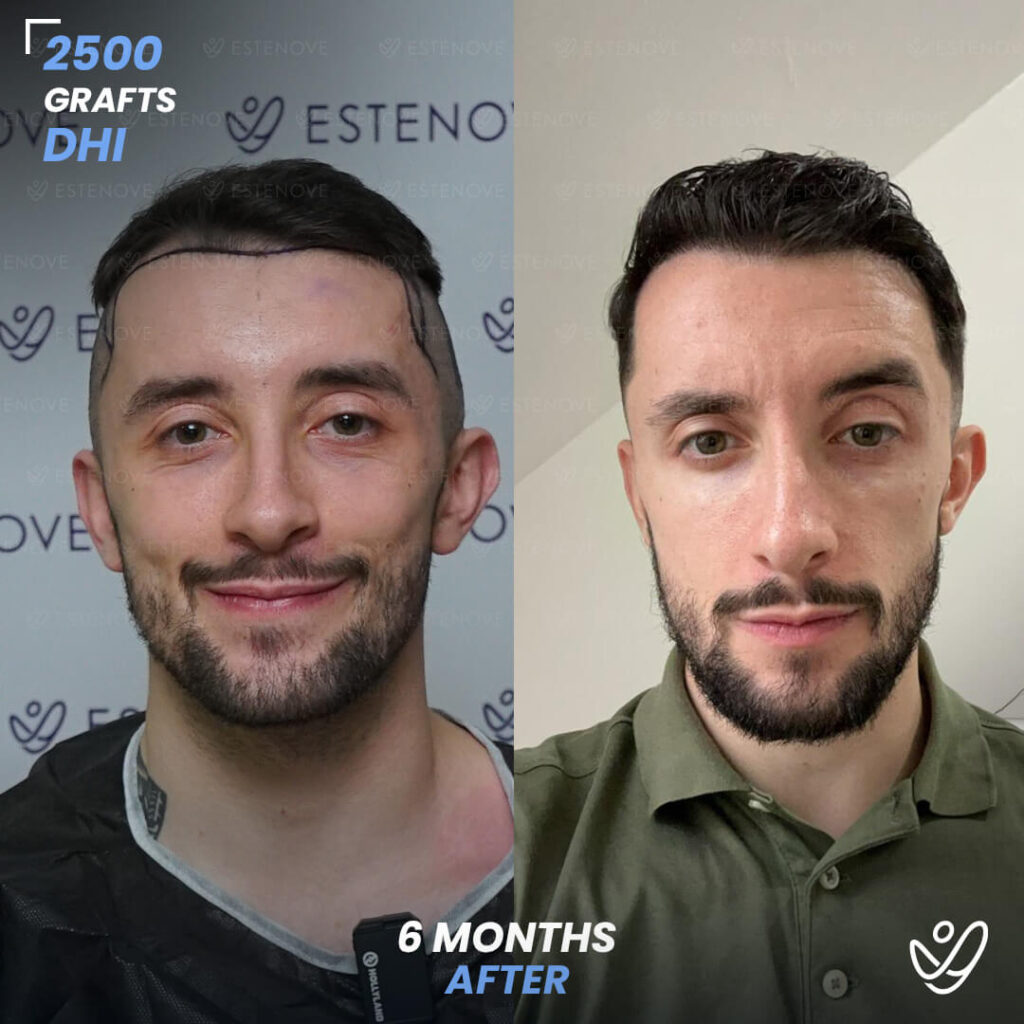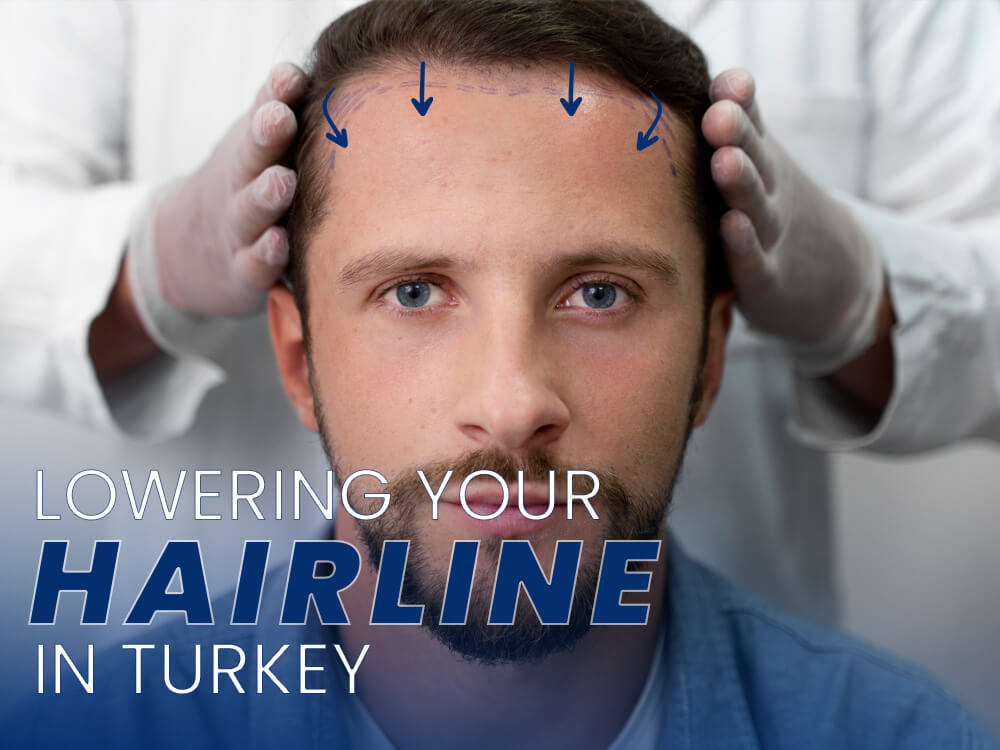
Hairline lowering surgery has emerged as a sought-after option for individuals looking to enhance their aesthetic appearance by adjusting their hairline. This common procedure is designed to provide clients with a more youthful look, offering a boost in confidence that can impact various aspects of life.
Understanding Hairline Lowering Surgery: What to Expect
Hairline lowering surgery, also referred to as hairline advancement, involves surgically repositioning the hairline closer to the brow. This procedure is most often sought by individuals who have naturally high hairlines or significant hair loss. By understanding what this surgery entails, patients can make informed decisions regarding their aesthetic options.
During the consultation phase, a qualified surgeon will assess the patient’s hairline, forehead size, and overall facial structure. They’ll discuss the desired outcome, setting realistic expectations for the results. Once a surgical plan is determined, patients can prepare for the day of the surgery, which typically lasts a few hours.
The procedure itself is performed under local anesthesia, ensuring that patients remain comfortable throughout the process. The surgeon will make incisions along the hairline, carefully removing a section of the forehead skin to bring the hairline down. This meticulous approach not only enhances the aesthetic appeal but also minimizes scarring, as the incisions are strategically placed to blend with the natural hairline. Post-operative care is crucial, and patients will receive detailed instructions on how to manage swelling and discomfort, as well as guidelines for washing their hair and avoiding strenuous activities during the recovery period.
Recovery from hairline lowering surgery varies among individuals, but most can expect some swelling and bruising around the forehead and eyes for a few days. It’s common for patients to feel a tight sensation in the forehead as the skin adjusts to its new position. Follow-up appointments with the surgeon are essential to monitor healing and ensure that the hairline is settling properly. Many patients report significant boosts in self-esteem and confidence after the procedure, as they feel more aligned with their desired appearance. Additionally, understanding the potential risks and benefits associated with the surgery can further empower patients, allowing them to approach their transformation with clarity and assurance.
The Benefits of Hairline Lowering Surgery
The primary benefit of hairline lowering surgery is the immediate improvement in appearance. A lower hairline can create a more balanced and youthful facial profile. Additionally, many individuals report a significant boost in self-esteem, as they feel more comfortable in their own skin.
Other benefits include:
- Permanent Results: Unlike temporary solutions such as hairpieces or topical treatments, the results from hairline lowering surgery are typically lasting.
- Customized Outcome: Surgeons design the new hairline based on the individual’s face, ensuring a natural look and feel.
- Minimally Invasive Technique: Many modern techniques used during surgery involve smaller incisions, leading to quicker recovery and less scarring.
Moreover, hairline lowering surgery can also enhance the overall aesthetic harmony of the face. By adjusting the hairline, patients often find that their facial features, such as the eyes and nose, appear more proportionate. This can lead to a more youthful and vibrant appearance, which is especially appealing for those who may feel their age is reflected in their hairline. The psychological impact of this transformation can be profound, as individuals often report feeling more confident in social situations and more willing to engage in activities they previously avoided due to self-consciousness about their appearance.
Another significant advantage of this procedure is the ability to combine it with other cosmetic enhancements. For instance, many patients choose to undergo hairline lowering surgery alongside brow lifts or eyelid surgery, creating a comprehensive facial rejuvenation plan. This synergistic approach not only maximizes the aesthetic results but also allows for a more streamlined recovery process, as patients can address multiple concerns in a single surgical session. The versatility of hairline lowering surgery makes it an appealing option for those looking to enhance their overall facial aesthetics while achieving long-lasting results.
Who is a Good Candidate for Hairline Lowering Surgery?
Identifying the right candidates for hairline lowering surgery is critical to achieving optimal results. Ideal candidates include individuals who:
- Have a high hairline or excessive forehead.
- Are in good overall health, with no major medical conditions that could complicate surgery.
- Have realistic expectations about the outcome and understand the risks involved.
- Are experiencing psychological distress due to their hairline or forehead size.
Consulting with a medical professional is essential to determine candidacy and create a tailored approach that meets the patient’s specific needs. In addition to the physical characteristics and health status, candidates should also consider their emotional readiness for such a procedure. Individuals who have struggled with self-esteem issues related to their appearance may find that hairline lowering surgery not only enhances their physical appearance but also significantly boosts their confidence and overall quality of life.
Moreover, it is important for potential candidates to understand the recovery process associated with hairline lowering surgery. While many patients can return to their normal activities within a week, some may experience swelling and discomfort that could last longer. A thorough discussion with a qualified surgeon can help set realistic timelines and expectations for recovery, ensuring that patients are well-prepared for the post-operative phase. This preparation is vital for achieving the best possible results and ensuring a smooth transition back to everyday life.
The Surgical Procedure: Step-by-Step Overview
The surgical procedure begins with the application of anesthesia to ensure the patient remains comfortable throughout the operation. The surgeon will then make an incision along the scalp, carefully lifting the skin and repositioning it to achieve the desired hairline. This initial step is crucial, as it sets the foundation for the overall aesthetic outcome. Surgeons often take great care to consider the patient’s facial structure and personal preferences when determining the most flattering hairline.
Calculate the number of grafts needed for your hair transplant and get an estimated cost for various destinations. Try graft calculator
Once the new hairline is established, the surgeon will adjust any excess skin and secure it back in place using sutures or staples. Typically, the procedure lasts between two to four hours, depending on the complexity of the case. During this time, the surgical team remains vigilant, monitoring the patient’s vital signs and ensuring that everything proceeds smoothly. The meticulous nature of this process highlights the importance of skilled hands and a well-coordinated team in achieving optimal results.
Post-surgery, patients may experience some swelling and discomfort, but these symptoms are typically manageable and resolve over time. Surgeons will often provide detailed aftercare instructions to optimize recovery and results. This may include recommendations for pain management, such as over-the-counter medications or prescribed pain relievers, as well as guidelines on how to care for the incision site to prevent infection. Additionally, patients are advised to avoid strenuous activities for a period, allowing the body to heal properly and reducing the risk of complications.
In the days following the procedure, many patients find it beneficial to attend follow-up appointments. These visits allow the surgeon to monitor healing progress and address any concerns that may arise. The emotional aspect of recovery is also significant; patients often experience a mix of excitement and anxiety as they anticipate the final results. Support from family and friends can play a vital role during this time, providing encouragement and reassurance as the healing process unfolds.
Recovery Process: What to Know After Surgery
Recovery after hairline lowering surgery is a critical phase that requires proper care and attention. Patients can generally expect to return to normal activities within a week, but full healing may take several months.
Some key points regarding the recovery process include:
- Initial Rest: Patients are advised to take it easy during the first few days to minimize swelling and promote healing.
- Follow-Up Appointments: Regular follow-ups with the surgeon are essential to monitor healing and remove any sutures, if necessary.
- Avoiding Strenuous Activities: It is advisable to refrain from heavy exercise or lifting during the first few weeks post-surgery to avoid complications.
Adhering to these recovery guidelines significantly increases the chance of achieving the desired outcomes.
Potential Risks and Complications of Hairline Lowering Surgery
As with any surgical procedure, hairline lowering surgery carries certain risks and complications. Understanding these potential issues is essential for making an informed decision.
Some common risks include:
- Infection: While rare, surgical sites can become infected if not properly cared for.
- Scarring: Although surgeons use careful techniques to minimize scarring, some individuals may notice noticeable marks along the hairline.
- Asymmetry: There is a possibility that the hairline may not be symmetrical, requiring further adjustment.
Discussing these risks openly with a surgeon can help patients weigh the pros and cons effectively.
Cost Considerations: Is Hairline Lowering Surgery Worth It?
Cost is often a significant consideration when contemplating hairline lowering surgery. Expenses can vary widely based on factors such as geographic location, the surgeon’s experience, and the complexity of the procedure.
| Country | FUE Cost | DHI Cost |
|---|---|---|
| Estenove / Turkey | $3,750.00 | $3,750.00 |
| Turkey | $2,800.00 | $4,500.00 |
| Mexico | $4,000.00 | $5,000.00 |
| Thailand | $4,500.00 | $5,500.00 |
| Poland | $6,000.00 | $6,500.00 |
| Korea | $6,000.00 | $6,800.00 |
| Brazil | $6,000.00 | $8,000.00 |
| UK | $9,500.00 | $8,000.00 |
| Ireland | $9,500.00 | $8,000.00 |
| Australia | $9,500.00 | $10,500.00 |
| New Zealand | $9,500.00 | $10,500.00 |
| Germany | $10,000.00 | $11,500.00 |
| USA | $14,000.00 | $12,000.00 |
| Canada | $14,500.00 | $12,500.00 |
| France | $16,000.00 | $19,000.00 |
| Duration | 2-8 Hours | 5-9 Hours |
| *The costs provided are average estimates for 4,000 grafts. Get more detailed info at Hair Transplant Cost in Turkey. | ||
On average, the cost of hairline lowering surgery can range from $3,000 to $10,000, depending on the number of grafts required, and country / clinic selected. Turkey is one of the most popular destinations for hairline lowering surgery, thanks to its affordable prices and highly experienced surgeons. Check out our guide on hair transplant costs by country for detailed information. It’s important to remember that this is often a one-time expense that can yield permanent results, making it a valuable investment in one’s self-confidence.
At Estenove, we don’t charge per graft, instead you’ll receive the maximum number of grafts necessary for your treatment for a fixed $3,750. Contact us to get your free hair analysis.
Comparing Hairline Lowering Surgery to Other Hair Restoration Options
Hairline lowering surgery can be compared to several other hair restoration options such as hair transplants, topical treatments, and hairpieces. Each option comes with its own advantages and disadvantages.
Hair transplants involve relocating hair follicles from one part of the scalp to another, which can be effective but may require multiple sessions. Topical treatments like minoxidil offer non-surgical alternatives but typically take several months to show results and need ongoing application.
Hairpieces can provide instant improvement but often require maintenance and may not always look natural.
Ultimately, the choice between hairline lowering surgery and other methods should be based on the patient’s specific needs, preferences, and desired outcomes. Consulting with a professional can illuminate the best path forward.


